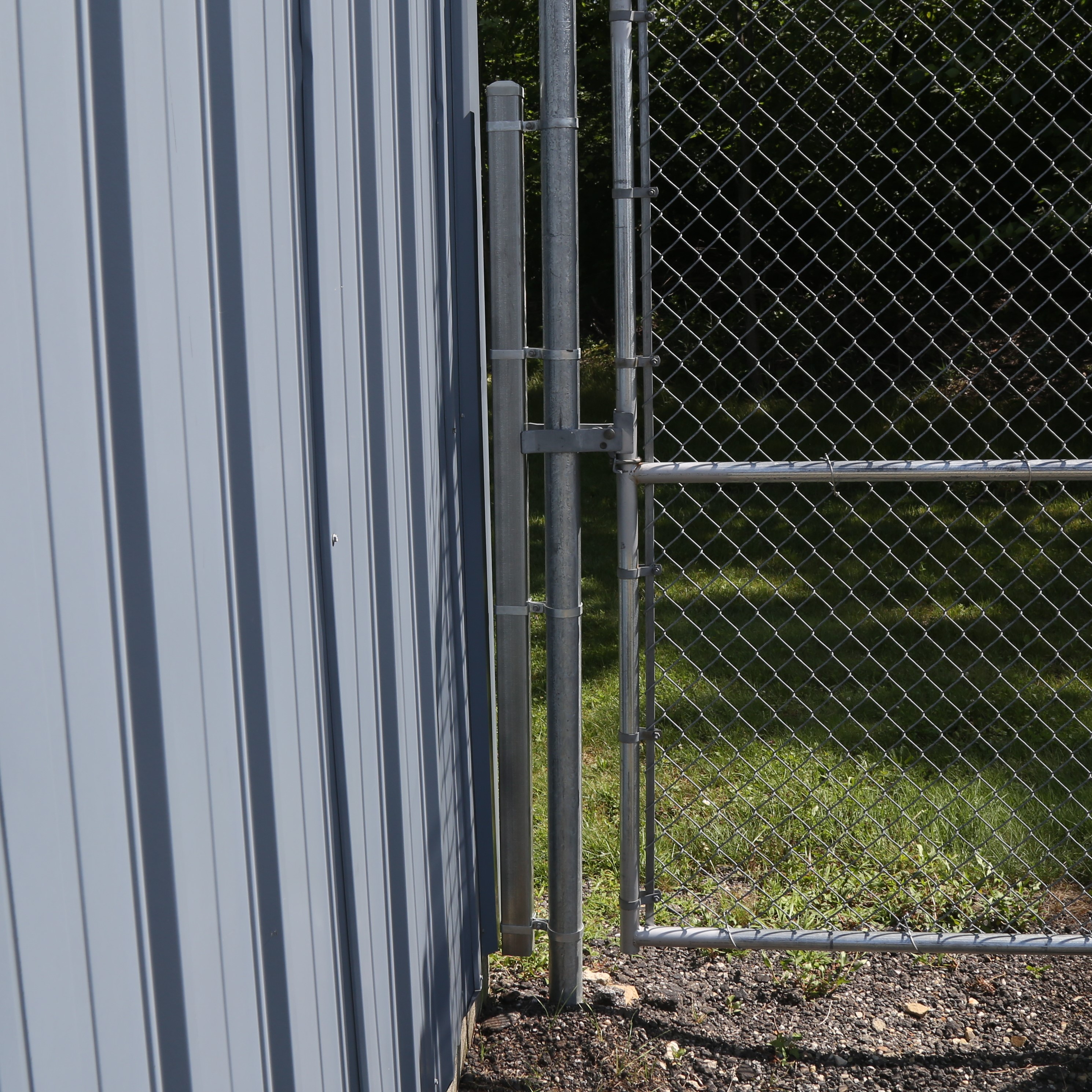Wet Set Versus Dry Set Cement Fence

Installing a chain link fence entails a lot of planning and preparation for everything to go smoothly. One facet of setting a chain link fence is choosing the correct cement.
Usually, two types of cement are used for this purpose: wet and dry. Based on soil conditions and durability requirements, both options could perform well when attached to your fencing project.
Wet Cement
In a wet-mix application, water is already mixed in with the cement and needs to be applied immediately. Once you have dug the holes for the post and poured the cement, it will take three to five days to dry completely. The post can only bear weight once the cement has been set fully.
Dry Cement
Dry cement is a faster method to keep your post stable. Once dry cement is poured into a hole with a fence post, weight can immediately be placed on the post. This speeds up the chain link fence installation process.
Despite dry cement having many benefits, there are also some drawbacks. The primary concern with dry cement is that it can only be used for clay-like soil. If you plan on putting a fence in a more sandy environment, dry cement may not suffice.
Optional Gravel for a Fence Installation
While cement is a requirement to install posts, gravel is an optional but important key to protecting a fence against heaving. Gravel made up of rock fragments gives water a place to sit below the surface instead of settling around your cement. With wood fences, gravel is a must, but it is up to you whether extra water protection is essential after installing a chain link fence.
While both cement mediums work with chain link fences, the soil conditions matter most when choosing one. If you need more tips on installing a chain link fence, view some of our articles to give you a helping hand.
